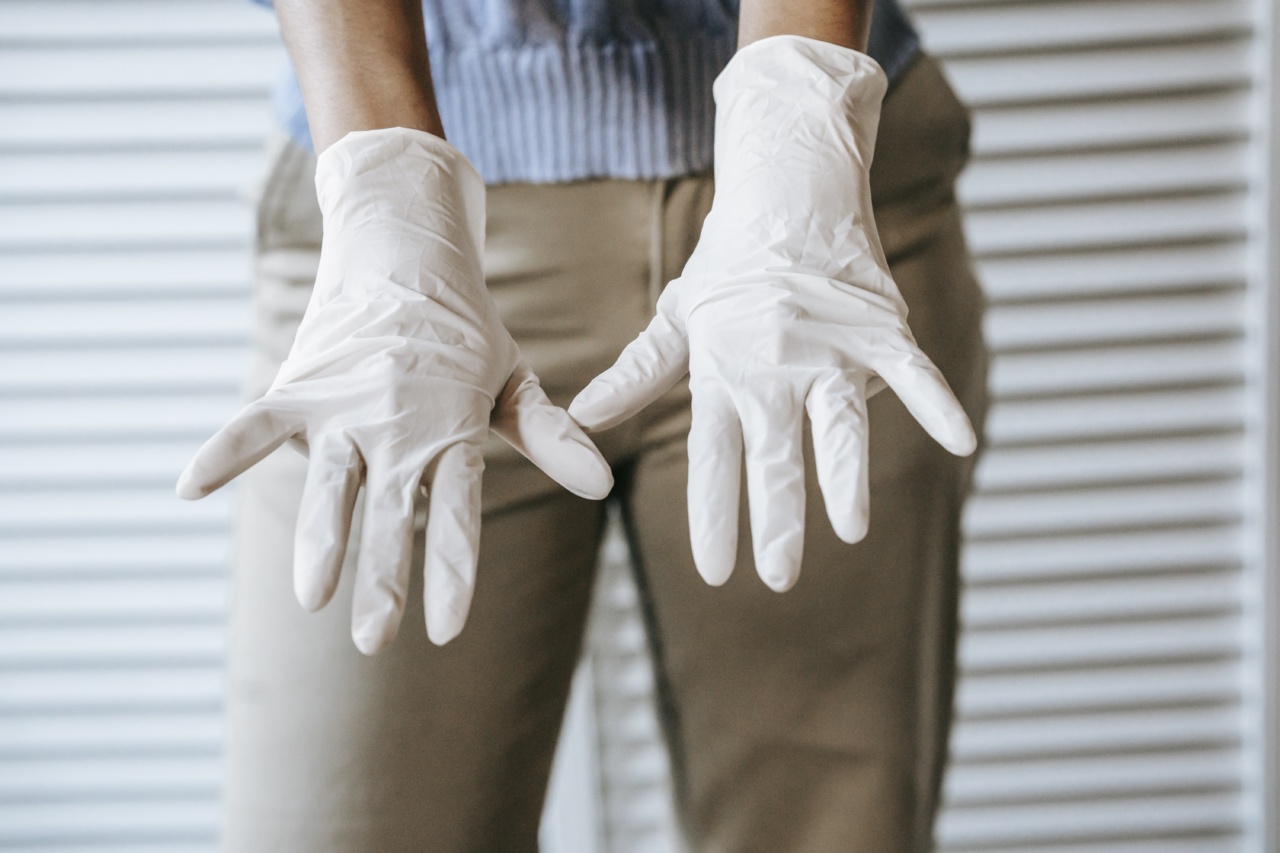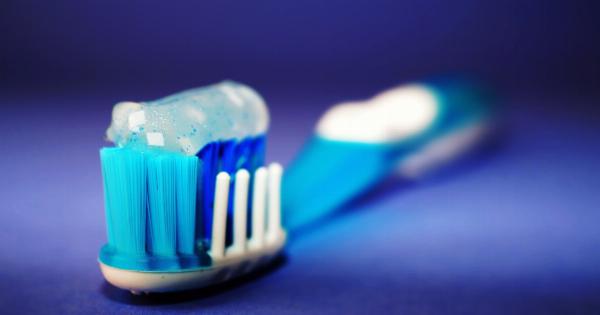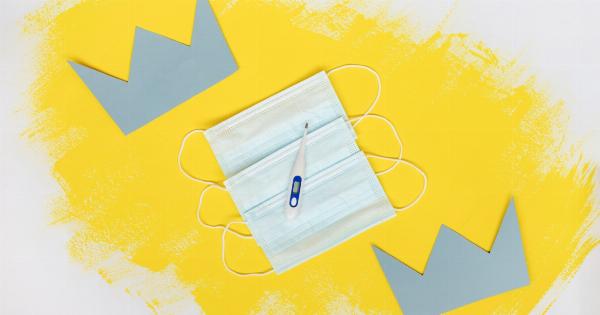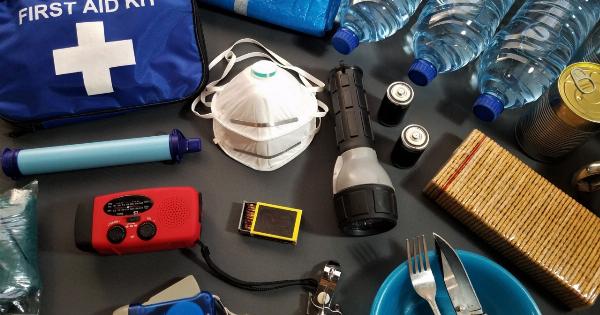Printer ink is a common household item that many of us use without a second thought.
We rely on printers to produce documents, assignments, and photos, but have you ever stopped to consider the potential health risks associated with printer ink? It’s important to be aware of the potential dangers that printer ink can pose to your health and take the necessary precautions to protect yourself.
Toxic Substances in Printer Ink
Printer ink is made up of a combination of chemicals, dyes, and pigments that allow it to produce vibrant prints on paper. However, these chemicals can also be toxic and have the potential to cause harm to your health.
One of the main components of printer ink is volatile organic compounds (VOCs), which are known to emit fumes that can be harmful when inhaled.
Some printer inks also contain other toxic substances such as formaldehyde, benzene, and toluene. These substances have been linked to various health problems, including respiratory issues, skin irritation, and even cancer.
Continuous exposure to these toxic chemicals can have long-term effects on your health, making it crucial to be mindful of the risks associated with printer ink usage.
Respiratory Problems
Inhaling the fumes emitted by printer ink can lead to respiratory problems, particularly if you have a pre-existing condition such as asthma or allergies.
The volatile organic compounds present in printer ink can irritate the airways and cause symptoms such as coughing, wheezing, and shortness of breath. Prolonged exposure to printer ink fumes may even trigger asthma attacks in susceptible individuals.
Additionally, some printer inks release ultrafine particles that can be inhaled deep into the lungs, leading to inflammation and further respiratory issues.
These particles can also exacerbate existing respiratory conditions and increase the risk of developing chronic respiratory diseases over time.
Skin Irritation and Allergic Reactions
Direct contact with printer ink can also cause skin irritation and allergic reactions. Some individuals may be sensitive or allergic to certain chemicals present in printer ink, leading to symptoms such as redness, itching, and swelling upon contact.
The skin around the hands and fingers is particularly vulnerable to irritation, as it often comes into direct contact with ink cartridges during replacement or maintenance.
If you notice any signs of skin irritation or allergic reactions after handling printer ink, it’s important to wash the area thoroughly with soap and water and seek medical attention if symptoms persist or worsen.
Eye Irritation and Vision Problems
Printer ink can also pose a risk to your eyes. If ink or its fumes come into contact with your eyes, it can cause irritation, redness, and discomfort.
Long-term exposure to printer ink fumes may even lead to more serious eye conditions and vision problems.
To minimize the risk of eye irritation, it is crucial to handle printer ink cartridges with care and avoid any direct contact between your eyes and the ink.
Additionally, make sure to work in a well-ventilated area when using printers or changing ink cartridges to reduce the concentration of fumes in the air.
Precautionary Measures
While the potential health risks associated with printer ink may sound alarming, there are several precautionary measures you can take to minimize your exposure and protect yourself. Here are some essential steps to consider:.
1. Use Well-Ventilated Spaces
Always ensure that you use printers and handle printer ink in well-ventilated areas. Open windows or use fans to improve air circulation and reduce the concentration of toxic fumes in the air.
Adequate ventilation helps to disperse the VOCs emitted by printer ink and reduces your exposure to these harmful substances.
2. Limit Time Spent in Close Proximity
Try to limit the time you spend near printers or ink cartridges, especially while they are actively printing or during ink replacement.
Minimizing your exposure to printer ink fumes can significantly reduce the potential health risks associated with volatile organic compounds and other toxic substances present in the ink.
3. Wear Protective Gear
When handling printer ink cartridges or performing maintenance tasks, it is advisable to wear protective gloves and, if possible, a face mask.
Protective gloves help prevent skin contact with the ink, reducing the risk of skin irritation or allergic reactions. Face masks can help filter out airborne particles and minimize inhalation of printer ink fumes.
4. Wash Hands Thoroughly
After handling printer ink cartridges, ensure that you wash your hands thoroughly with soap and water.
This not only helps to remove any ink residues from your skin but also minimizes the risk of inadvertently transferring ink to other parts of your body or surfaces.
5. Choose Safer Alternatives
If you are concerned about the potential health risks associated with printer ink, consider exploring safer alternatives. Some printer ink brands offer eco-friendly or low-VOC options that contain fewer toxic substances.
Research and choose inks that prioritize health and environmental safety.
6. Store Ink Properly
Store printer ink cartridges in their original packaging or airtight containers to prevent leaks or spills. Proper storage ensures that ink does not come into contact with your skin, eyes, or the surrounding environment.
Keep ink cartridges away from heat sources or direct sunlight to maintain their quality and reduce the risk of leakage.
7. Dispose of Ink Cartridges Safely
An environmentally responsible way to dispose of empty printer ink cartridges is to participate in recycling programs offered by printer manufacturers or local recycling centers.
Proper disposal ensures that ink cartridges do not end up in landfills, where they can potentially contaminate soil and water sources. Recycling also helps to reduce the overall impact on the environment.
8. Read Safety Labels and Instructions
Before using any printer ink, it is essential to read and follow the safety labels and instructions provided by the manufacturer.
These labels often contain information about potential hazards, handling precautions, and first aid measures in case of accidental exposure. Familiarizing yourself with this information can help you make informed decisions and take appropriate safety measures.
9. Monitor Your Health
Be vigilant about any changes in your health that could potentially be linked to printer ink exposure. If you experience persistent respiratory issues, skin problems, or eye irritation, consult with a healthcare professional to evaluate the cause.
Early detection and appropriate management can prevent further complications.
10. Educate Others
Spread awareness about the potential health risks associated with printer ink to your family, friends, and colleagues. Encourage them to adopt precautionary measures and make informed decisions while using printers or handling ink cartridges.
By educating others, you contribute to a safer environment for everyone.
In conclusion, printer ink is not just a harmless substance used for printing; it carries potential health risks that should not be ignored.
Toxic substances present in printer ink can lead to respiratory problems, skin irritation, eye irritation, and allergic reactions. By taking necessary precautionary measures and being mindful of the potential hazards, you can minimize your exposure to these risks and protect your health.






























